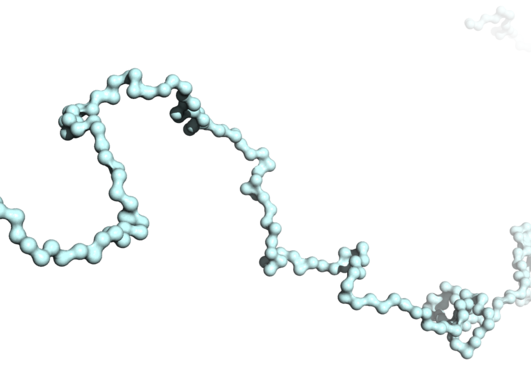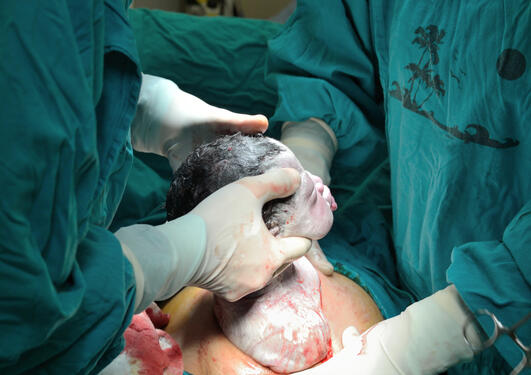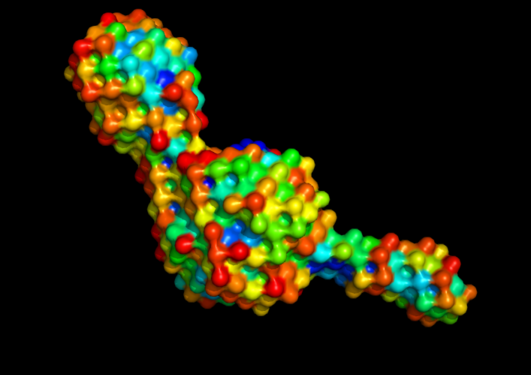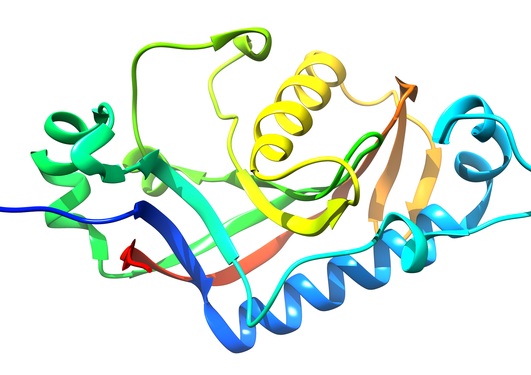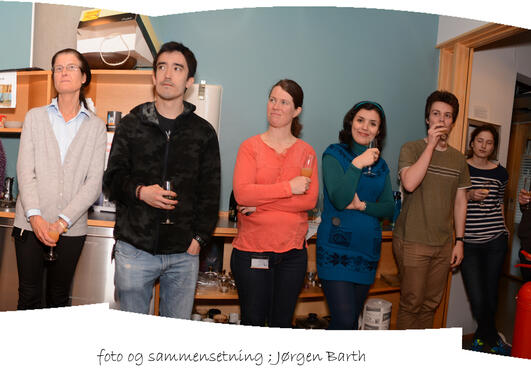News archive for Neurotargeting Research Group
Carnosine plays an important roles as antioxidant, pH buffer, and neuromodulator and recently received increasing attention as biomarker for many disease states such as Alzheimer disease and Parkinson disease. The Neurotargeting group at the Department of Biomedicine discovered a novel enzyme, Glutamate Decarboxylase Like 1 (GADL1) that plays a role in carnosine production.
Charcot-Marie-Tooth disease (CMT) is the most common inherited neuropathy in humans, linked to mutations in dozens of different genes. Two of these genes encode the proteins GDAP1 and NDRG1. We have solved the crystal structures of these two proteins, in order to better understand their structure, function, and involvement in disease.
Myelin, the insulative multilamellar sheath that enwraps axons, speeds up our nerve impulses by two orders of magnitude – a prerequisite for an efficient nervous system that we humans and other vertebrates enjoy. Myelin gains its structure and function from a high abundance of lipids and proteins, many of which are specific to this enigmatic biological system.
An important European-funded initiative has been launched to explore how common molecular mechanisms may link metabolic disorders, especially type 2 diabetes and obesity, with brain disorders such as Alzheimer's disease, obsessive-compulsive disorder, and autism spectrum disorders. Jan Haavik and Aurora Martinez from the Department of Biomedicine are the norwegian participants.
Researchers at the University of Bergen looked if there is a connection between the mode of delivery and the genetics of children’s intelligence.

Kandidaten vil holde prøveforelsning og forsvare avhandlingen: “The Characterization of Disordered Membrane-Binding Proteins of Myelin: A Biophysical Approach"

Kandidaten vil forsvare avhandlingen “Attention-deficit/hyperactivity disorder and autoimmune diseases: etiological relationships and therapeutic possibilities”

Attention-deficit/hyperactivity disorder and autoimmune diseases: etiological relationships and therapeutic possibilities
Enzymet Tyrosine Hydroksylase er viktig for livet. Neurologiske, psykiatriske og kardiovaskulære sykdommer oppstår når dets katalytiske funksjon er svekket. Forskere ved Institutt for biomedisin beskriver hvordan ny innsikt i proteinet kan bidra til å utvikle ny medisin.
Arc er et protein som er gjerne omtalt som hukommelsens hovedregulator. Det har likhet med noen virusproteiner, og kan danne virus-lignende capsid partikkler. Vi har lykket til å oppløse den tredimensjonale strukturen for første gang.
A range of psychiatric disorders have molecular similarities that modern diagnostic tools don't recognize. This shows an international study with 2 million participants. The K.G. Jebsen center for neuropsychiatric disorders has provided Norwegian data and analyses.
Professor Jan Haavik, head of the Neurotargeting Research Group and KG Jebsen Center for Research on Neuropsychiatric Disorders, was recently elected as a member of the Norwegian Academy of Sciences and Letters.
The Shank family of proteins functions as a molecular scaffold in the neuronal post-synaptic density, enabling numerous protein-protein interactions. Shanks are large multi-domain molecules, and one of the conserved domains is an SH3 domain. Using high-resolution X-ray crystallography, we show that the SH3 domain in the Shank family has lost its canonical ligand-binding site.
The molecular processes of myelin maturation are to a large extent still unknown. A coordinated interplay between regulatory and functional molecules must take place for correct timing of myelin membrane apposition and compaction, such that cytoplasmic channels are also formed in a correct way.
Professor Jan Haavik has been given the Helse Vest Research award 2016 for his research on discovering biological mechanisms that can cause ADHD-symptoms. He was rewarded the prize during the annual research conference of Helse Vest.
Pages
- September 2024 (2)
- May 2024 (1)
- February 2024 (2)
- June 2023 (1)
- November 2022 (1)
- April 2022 (1)
- March 2022 (3)
- February 2022 (2)
- September 2021 (2)
- August 2021 (1)
- April 2021 (1)
- March 2021 (1)
- February 2021 (2)
- February 2020 (1)
- January 2020 (1)
- September 2019 (1)
- February 2019 (1)
- January 2019 (3)
- October 2018 (1)
- July 2018 (1)
- June 2018 (1)
- June 2017 (1)
- January 2017 (1)
- October 2016 (1)
- September 2016 (1)
- October 2015 (1)


